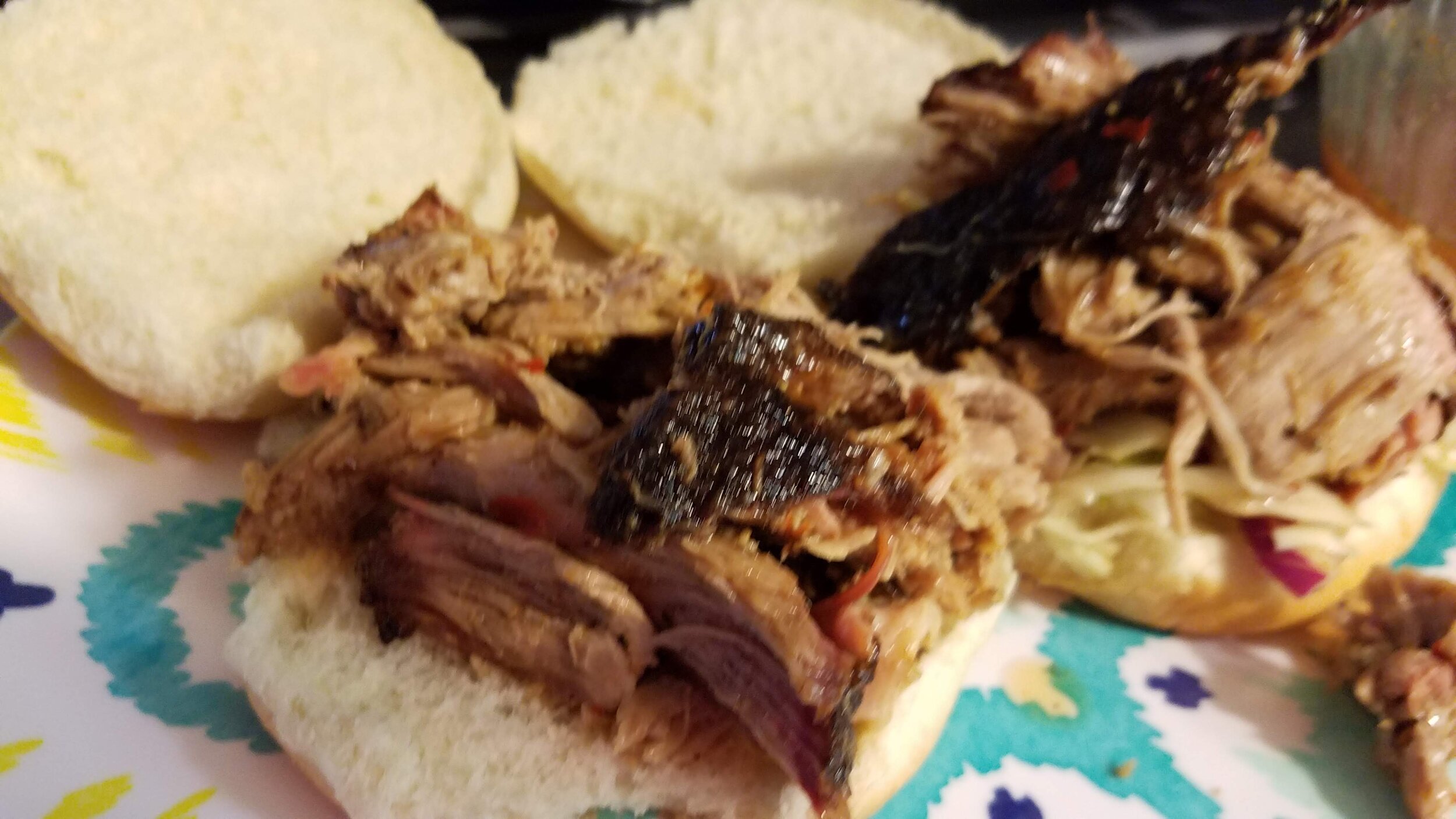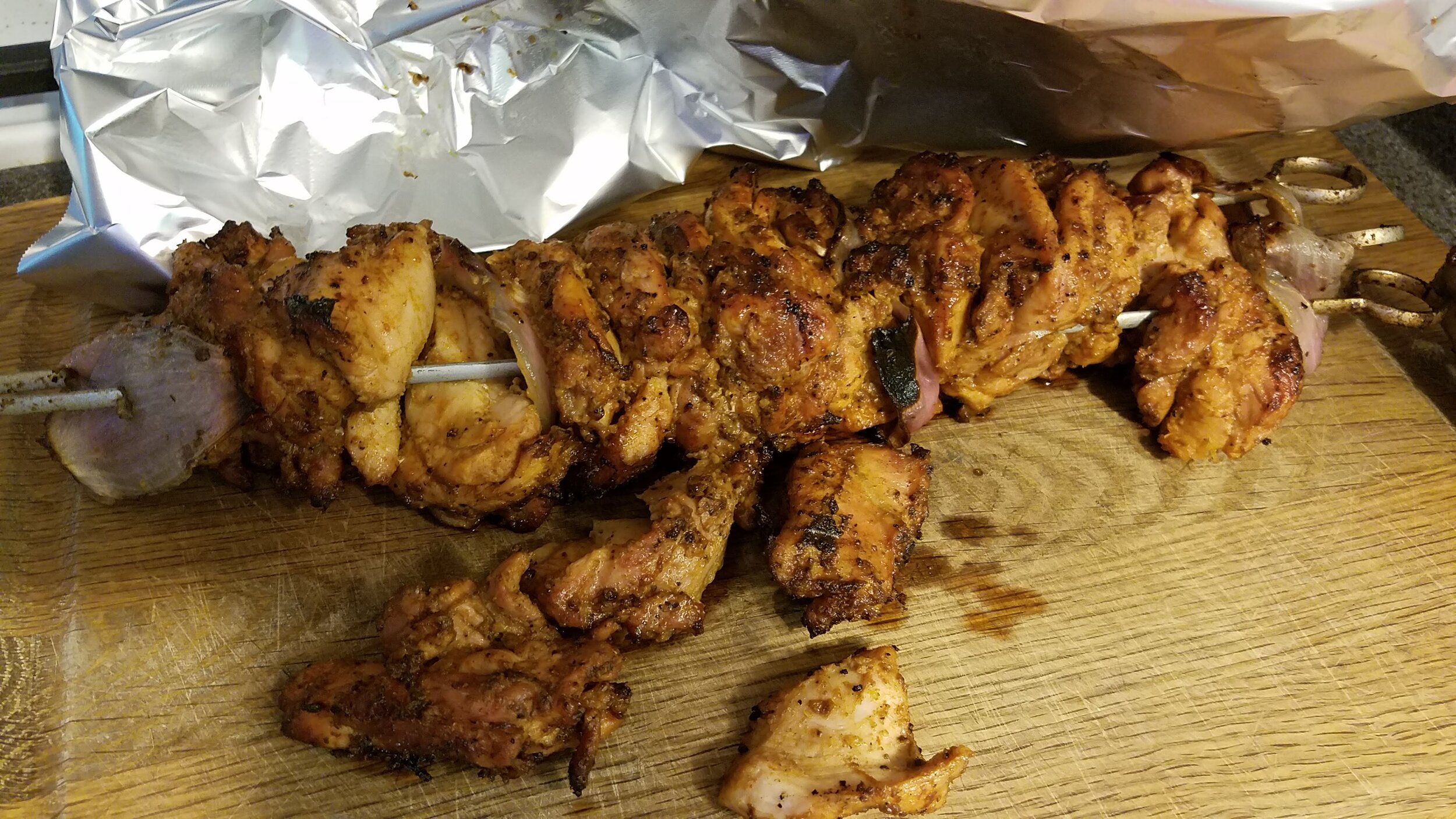As I walked back with Boys #2 and #3 from our town’s Memorial Day Parade, I received a text from The Greatest Wife In The World:
“Want to do vines along the side yard?…”
Uh…yeah! This sounds amazing! All of the brainpower that stored principles of grapegrowing in my WSET Diploma classes suddenly unlocked and began rushing outward, and together we moved forward with ordering vines from Double A Vineyards, headquartered in Fredonia, New York. When you place an order, they send you grafted cuttings of vines; the top of the vine is the grape variety (Merlot, Riesling, etc.) and the bottom of the vine underneath the graft union is an American rootstock which is resistent to the nasty vine disease phylloxera. Then you plant the cuttings according to their instructions.
This is something we have tossed around in a “wouldn’t it be cool to do this” sort of conversation on more than one occasion. But did we put a ton of thought into doing it? Honestly, no…but Double A provided plenty of information to help us get started. Combine that with some of my own knowledge of grapevines (through study only, and not as a farmer by any stretch) and what they require, and we could give this project a real shot.
The first thing we need to understand is climate. Fortunately, we sit in a latitude between 30 and 50 degrees North, which is an area of the globe where grapevines can actually grow (the same holds true for the southern hemisphere, too). Most places are warm enough and get enough sunlight, but as always, there are going to be little nuances that make some regions successful and others not as much. Living just a quarter-mile from the Long Island Sound, means we are heavily influenced by the rough Atlantic waters, rain, humidity, and potential for rot. We also do not get large temperature swings from day to night (something that grapevines typically really like), but we have enough days above 50F degrees where we should be OK. Grapevines become active above 50F and look to go dormant when temperatures drop below 50F. The side of our house can get decent exposure to sun in the early and mid-morning, but afternoons not as much. Hey, we are taking a chance here, but you have to live a little, right?
Next comes soil. Grapevines grow in places that look like nothing should be able to grow at all. They are the opposite of fruit and vegetables that you grow in your garden. Those need fertile soils and a lot of water; grapevines need bad soils where water can drain away freely in order to perform at their best. Our backyard soils feel like a combination of clay and silt with a little sand mixed in. When we planted the grape vines, we brought some of the leftover large stones that we used in landscaping over to surround the vines (Chateauneuf-du-Pape style!). Not only might this create some extra warmth for the vines, but will also protect them from the dog exploring the area through incessant digging.
Then there is also the decision of which grape varieties to choose. For many years, I have believed that some northeastern winery should be working with Albarino; it is a thick-skinned aromatic variety that thrives in northwestern Spain and Portugal, where it can be very rainy and humid. I’m not saying by any stretch that Connecticut is going to make Albarino that rivals what the Iberian Peninsula cranks out, but it should show itself pretty well and definitely better than so many of the harsh Cabernet Sauvignons and overly acidic Chardonnays that local wineries insist on shoehorning into their vineyards. With that said, Double A was out of stock on Albarino, so we are rolling the dice on Cabernet Franc (an earlier-ripening red variety that can adapt to many soil types) and Gruner Veltliner, which does well in sandy-silty soils, but we are hoping the humidity doesn’t create a mildew issue.
Only 9 days in the ground, and we already have some progress. Check it out…we have some buds! Some on our Cabernet Franc side and some on the Gruner Veltliner side.






























